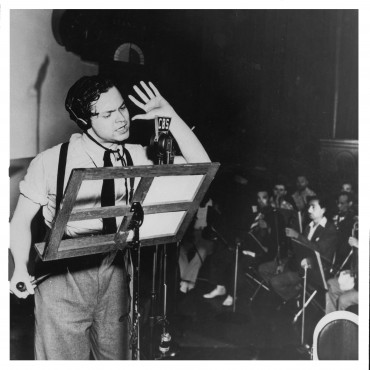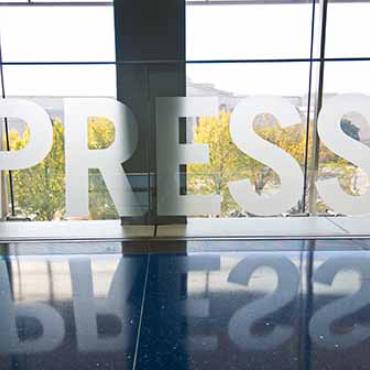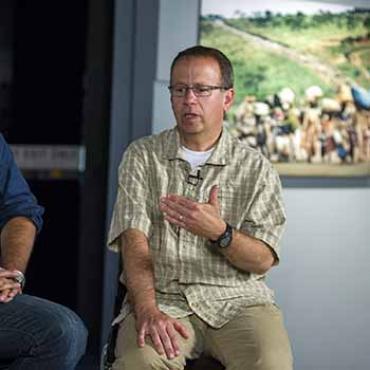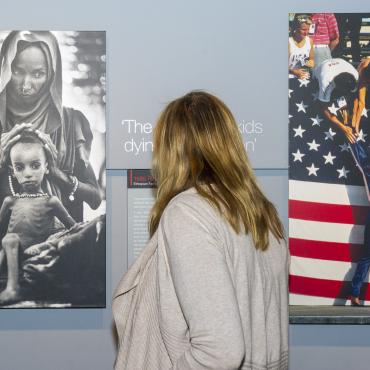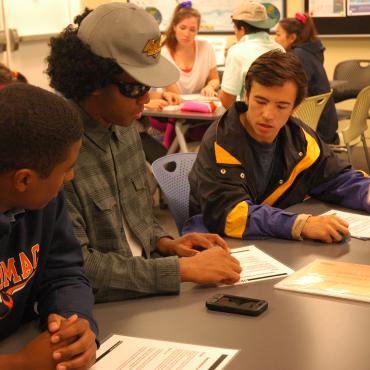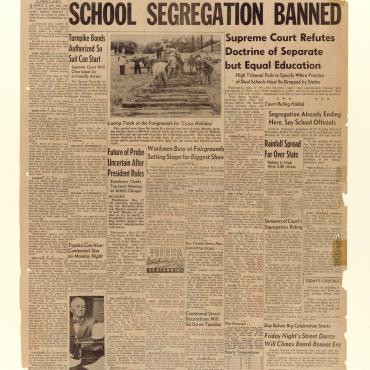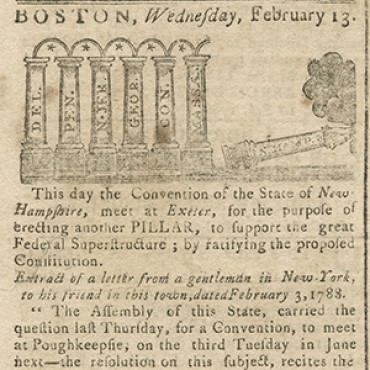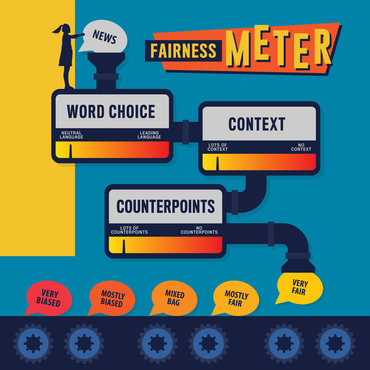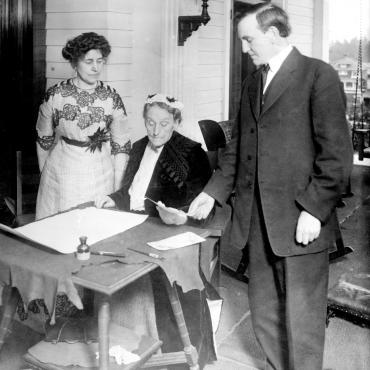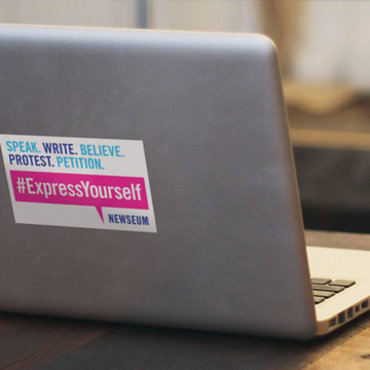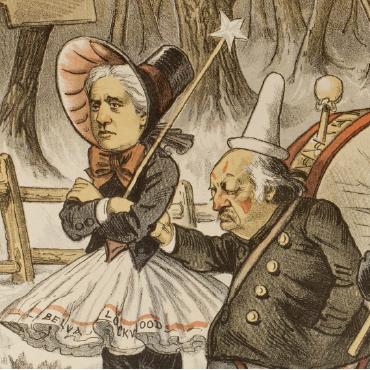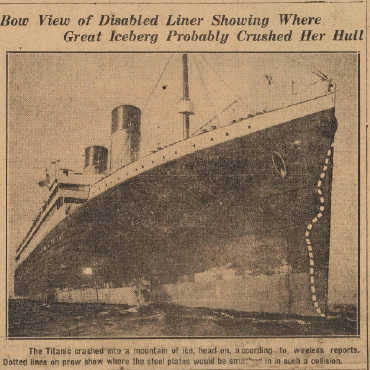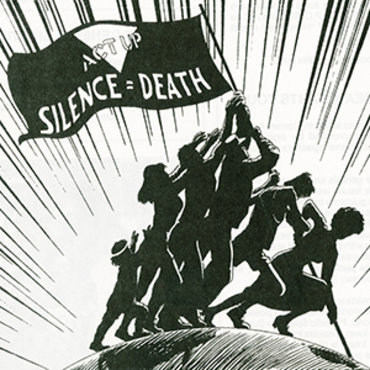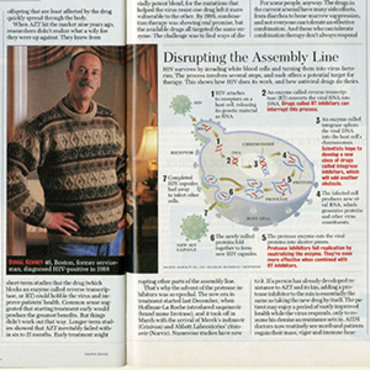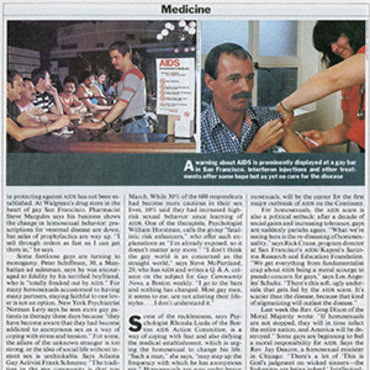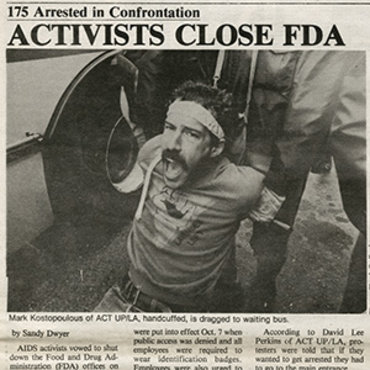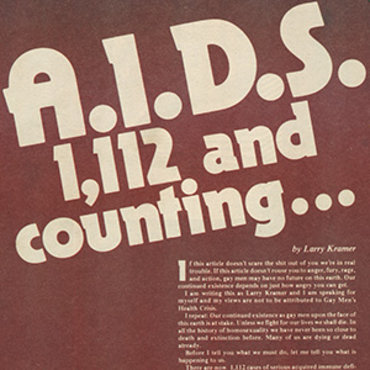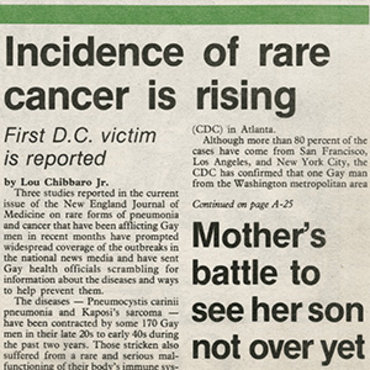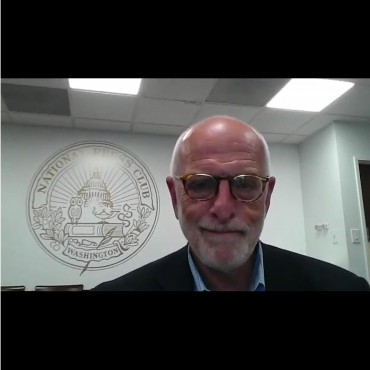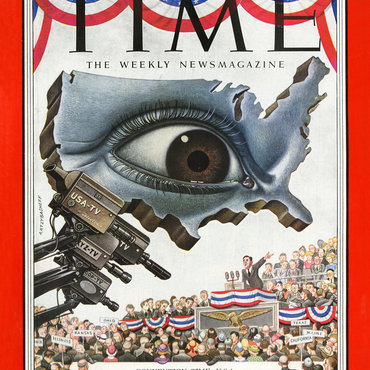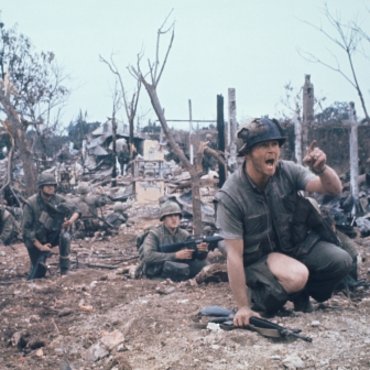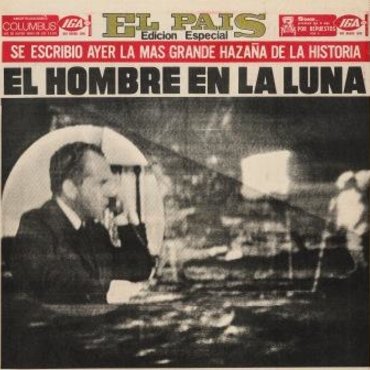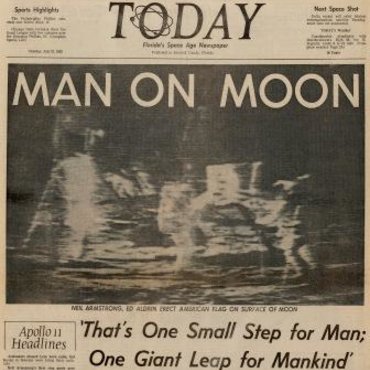Case Study: The Execution of Ruth Snyder (1928)
News organizations are always trying to catch the public’s attention, but when do they go too far? This media ethics lesson, focusing on the use of hidden cameras and sensationalism, will help students answer that question.
Get even more great free content!
This content contains copyrighted material that requires a free NewseumED account.
Registration is fast, easy, and comes with 100% free access to our vast collection of videos, artifacts, interactive content, and more.
NewseumED is provided as a free educational resource and contains copyrighted material. Registration is required for full access. Signing up is simple and free.
With a free NewseumED account, you can:
- Watch timely and informative videos
- Access expertly crafted lesson plans
- Download an array of classroom resources
- and much more!
- Journalism
- Media Ethics
- 7-12
- College/University
- Pass out copies of the case study and have students discuss it in small groups. Tell the groups they should attempt to come to a consensus about which of the multiple choice options they think is the best. They may also come up with another position.
- Ask the groups to share out their choice and reasoning.
- When finished, you may choose to go here to show the image of the newspaper and the camera in a Newseum exhibit.
- Case study handout (download), one per student
- What are the pros and cons of publishing an image of an execution?
- What are the ethical issues journalists should consider in this case?
- What are possible consequences of your decision — good and bad?
- Should the privacy of the prisoner and her family be taken into consideration?
- The prison banned photographers from the execution. Does that affect your decision?
- Are executions newsworthy? Why or why not?
- What’s the value, if any, of having an image run with the story? Is there a difference between using an artist’s sketch or a photograph?
- How much weight should each of the following carry in your decision: journalism ethics, a newspaper’s need to make money, the public’s appetite for sensational news, and the public’s right to know? Explain.
- Should hidden cameras ever be used in reporting a story? Explain.
- How are current-day executions generally covered by the news media?
- What do you think the reaction would be today if someone photographed an execution and shared it on social media?
Consider and discuss a more recent related example: In 1998, “60 Minutes,” a CBS program, aired a videotape of Dr. Jack Kevorkian administering a lethal injection to a terminally ill man. Should CBS have included the video in its broadcast? How do you explain the fact that “60 Minutes” attracted its biggest audience of the season, even though many CBS affiliates did not air it? (Kevorkian, a public advocate of assisted suicide for the terminally ill, subsequently was tried and convicted of second-degree murder in the man’ s death.)


